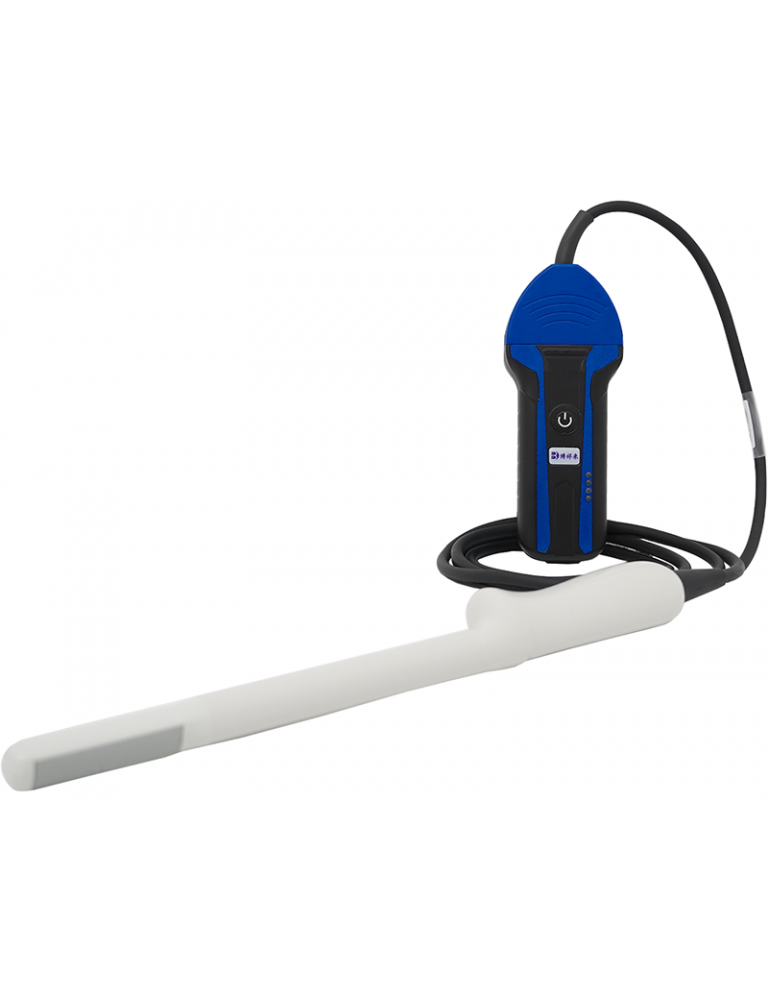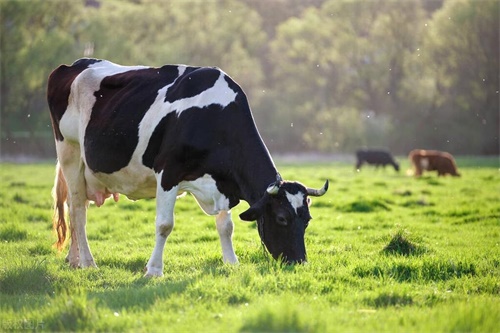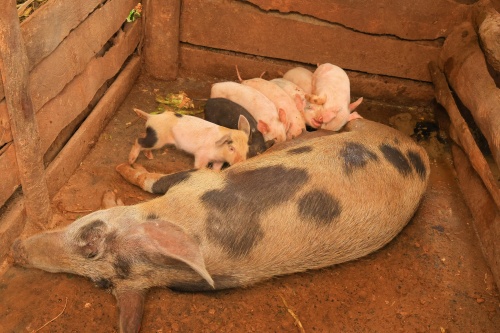Can Bovine Ultrasound Help Detect Twin Pregnancies in Cows?
For cattle farmers, few surprises are as stressful as finding out a cow is carrying twins during calving. While it might sound like good news at first, twin pregnancies often create serious challenges. They can increase the risk of difficult births, weaker calves, and even long-term health issues for the cow. The question many farmers ask is: can bovine ultrasound help detect twin pregnancies early enough to make a difference? The short answer is yes—and it’s becoming one of the most valuable uses of this technology on farms.
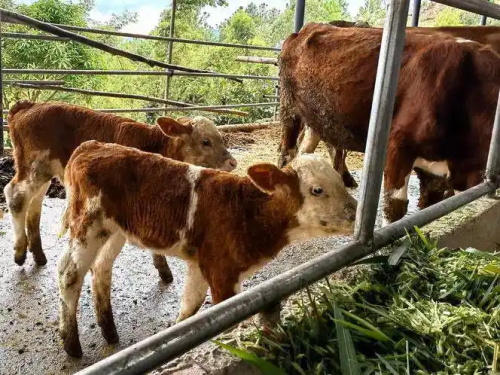
Why Twin Pregnancies Are a Challenge for Farmers
Twin pregnancies in cows are far less common than single pregnancies, but when they do occur, they often cause complications. Twins are more likely to be born prematurely, which makes them weaker and harder to raise. The mother cow also faces greater risks of calving difficulties, retained placentas, and reduced fertility in future breeding cycles.
For the farmer, these challenges translate into lost time, higher vet bills, and lower profits. A cow struggling with twins might need more feed, more labor, and more medical attention—only to end up producing less milk or fewer healthy calves over her lifetime. Understanding these risks explains why early detection matters so much.
How Ultrasound Identifies Twin Pregnancies
Traditional pregnancy checks—like palpation—can sometimes miss twins, especially early on. Ultrasound, however, gives farmers and veterinarians a direct look inside the uterus. With this imaging, it’s possible to confirm not only pregnancy but also whether more than one fetus is developing.
The key advantage is timing. Ultrasound can detect twin pregnancies much earlier than physical exams. This means farmers have weeks or months of preparation instead of finding out too late. By knowing the cow is carrying twins, management decisions can shift immediately to reduce risks and improve outcomes.

Managing Nutrition for Twin-Bearing Cows
One of the first adjustments farmers can make after discovering a twin pregnancy is nutrition management. Cows carrying twins need more energy and protein, but overfeeding can lead to oversized calves, which increases calving difficulty. It’s a delicate balance that requires careful planning.
With ultrasound confirmation, farmers can work with nutritionists to design a feeding program tailored for twin-bearing cows. This often means more frequent monitoring of body condition and adjustments to diet as calving approaches. Better nutrition management helps both calves develop more evenly while protecting the health of the mother.
Planning for Calving Assistance
Calving twins often requires more supervision, and sometimes direct intervention. A farmer who doesn’t know a cow is carrying twins might not be ready for the complications that follow. Ultrasound changes this by giving farmers time to plan.
By flagging twin pregnancies, farmers can make sure those cows are kept in closer watch during calving season. Extra help can be scheduled, calving pens can be prepared, and veterinary assistance can be arranged in advance if needed. This preparation greatly improves survival rates for both calves and reduces long-term damage to the cow.
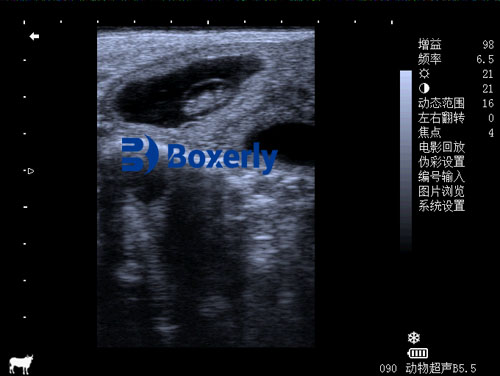
Economic Impact of Detecting Twins Early
The economics of twin pregnancies are complicated. On the surface, two calves might look like a bonus. In reality, one or both calves often struggle, and the cow herself may produce less milk or require more costly treatments after birth. Without early detection, these hidden costs pile up quickly.
Here’s a comparison of how early detection with ultrasound impacts the bottom line:
| Factor | Without Early Detection | With Ultrasound Detection |
|---|---|---|
| Calf survival | Lower, unexpected complications | Higher, prepared intervention |
| Vet costs | Emergency visits, expensive | Planned care, reduced costs |
| Farmer workload | Unpredictable, exhausting | Planned supervision, efficient |
| Cow’s future fertility | Often reduced, harder to rebreed | Better protected with managed calving |
By detecting twins early, farmers can turn what might be a financial loss into a manageable situation. Instead of being surprised, they are prepared, and preparation makes all the difference.
Protecting Long-Term Herd Health
A single bad calving season can set back herd productivity for years. If twin pregnancies aren’t managed well, farmers may end up with fewer surviving calves, cows with reduced fertility, and higher replacement costs. Early ultrasound checks help protect long-term herd health by allowing smarter management decisions before trouble begins.
Farmers who use ultrasound regularly report steadier herd performance and fewer unexpected losses. Even if twin pregnancies can’t be avoided, their risks can be controlled. That’s why ultrasound is quickly becoming not just a convenience, but a necessity in modern cattle farming.
Conclusion: Turning Risk into Preparation
Twin pregnancies will always carry extra risks, but those risks don’t have to become disasters. Bovine ultrasound gives farmers the power of foresight—turning surprises into manageable challenges. By detecting twins early, adjusting nutrition, planning calving assistance, and protecting herd health, farmers can avoid losses and safeguard profitability.
For any farm serious about improving calving outcomes, the answer is clear: yes, bovine ultrasound can help detect twin pregnancies, and it’s one of the smartest investments a farmer can make.

